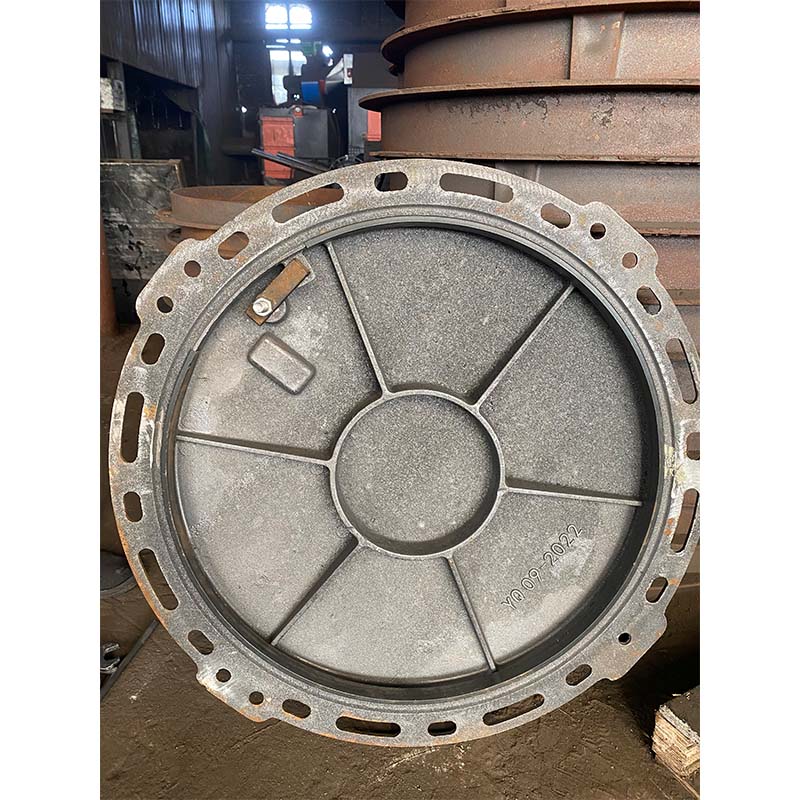iso2531/en545
Understanding ISO 2531 and EN 545 Standards for Ductile Iron Pipes
When it comes to the infrastructure that supports modern urban living, few materials have proven as reliable and durable as ductile iron. The standards governing the design and testing of ductile iron pipes—specifically ISO 2531 and EN 545—are essential in ensuring that these pipes meet global requirements for quality, safety, and performance. This article will delve into these two important standards, examining their significance and implications for civil engineering and water management.
ISO 2531 Overview
ISO 2531 is an international standard that outlines the specifications for ductile iron pipes, fittings, and accessories used in water supply and sewage applications. Established by the International Organization for Standardization (ISO), this standard sets the foundation for performance characteristics, material properties, and testing methodologies that manufacturers must comply with when producing ductile iron pipes. ISO 2531 focuses on essential attributes such as tensile strength, elongation, impact resistance, and corrosion resistance, ensuring that pipes can withstand the rigors of various environmental conditions.
Ductile iron pipes, as defined by ISO 2531, are manufactured using cast iron alloyed with small amounts of alloying elements, which enhance the mechanical properties of the material. One of the key advantages of ductile iron over traditional cast iron is its superior ductility, allowing it to be shaped and formed without breaking. This characteristic makes it ideal for various applications, including potable water, wastewater, and industrial fluids.
EN 545 Standards
EN 545 is the European standard that complements ISO 2531, specifically tailored for ductile iron pipes intended for potable water supply and sewage applications within Europe. Established by the European Committee for Standardization (CEN), EN 545 outlines additional requirements that reflect regional considerations, such as safety, health, and environmental impact. This standard ensures that ductile iron pipes can be safely used in drinking water systems.
iso2531/en545

One important aspect of EN 545 is its emphasis on the overall quality assurance of ductile iron pipes, which includes rigorous testing procedures throughout manufacturing. These tests cover areas such as pressure testing, non-destructive testing, and verification of the pipe’s physical and mechanical properties. By adhering to EN 545, manufacturers not only comply with mandatory safety regulations but also contribute to the integrity and sustainability of water supply systems.
Implementation and Benefits
The implementation of ISO 2531 and EN 545 improves the reliability and safety of ductile iron pipes used in critical infrastructure. Compliance with these standards means that municipalities and engineering firms can trust the pipes they are using will perform as expected, whether they are installed in urban water supply networks, sewage systems, or industrial applications.
Furthermore, the adherence to these standards can also lead to long-term cost savings. Employing durable materials such as ductile iron minimizes maintenance and replacement costs, reducing the overall lifecycle expenses associated with water infrastructure projects. In an era where sustainability is increasingly prioritized, the longevity of ductile iron pipes translates into fewer resources being used for repairs and replacements.
Conclusion
In conclusion, ISO 2531 and EN 545 represent internationally recognized standards that govern the production of ductile iron pipes, ensuring their safety, durability, and performance in water supply and sewage applications. As cities continue to grow and develop, the importance of reliable infrastructure becomes ever more evident. By adhering to these standards, manufacturers and municipalities can ensure that their ductile iron pipes meet the highest possible standards of quality and efficiency, ultimately leading to better water management and public health outcomes.
-
The Essential Component for Safe Urban InfrastructureNewsMay.14,2025
-
The Backbone of Urban InfrastructureNewsMay.14,2025
-
Practical and Stylish Solutions for Your Drainage NeedsNewsMay.14,2025
-
Lamphole Frame and Cover: Essential for Urban InfrastructureNewsMay.14,2025
-
A Seamless and Aesthetic SolutionNewsMay.14,2025
-
A Must-Have for Safety and DurabilityNewsMay.14,2025
-
Pipe Repair Clamps: Your Ultimate Solution for Efficient RepairsNewsMay.09,2025
